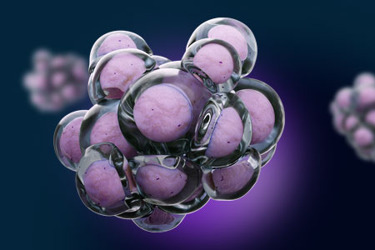Assessing Critical Quality Attributes In hiPSCs – Colony Morphology Matters

One of the biggest challenges in human pluripotent stem cell (hPSC) research is cell culture inconsistency. hPSC culture variability can arise from the media, supplements, and cell attachment surface as well as variation between cell lines. Routine assessment of critical quality attributes, such as colony morphology and size, can help minimize culture variability and ensure that high quality, undifferentiated hPSC populations are expanded and maintained for downstream studies.
Morphology of hPSC colonies is one of the most commonly monitored indicators of cell-colony quality because it is easily observed during routine culture handling. We explain the differences between high quality and low quality colony morphology and how to overcome the challenges of spontaneous differentiation.
Get unlimited access to:
Enter your credentials below to log in. Not yet a member of Bioprocess Online? Subscribe today.
